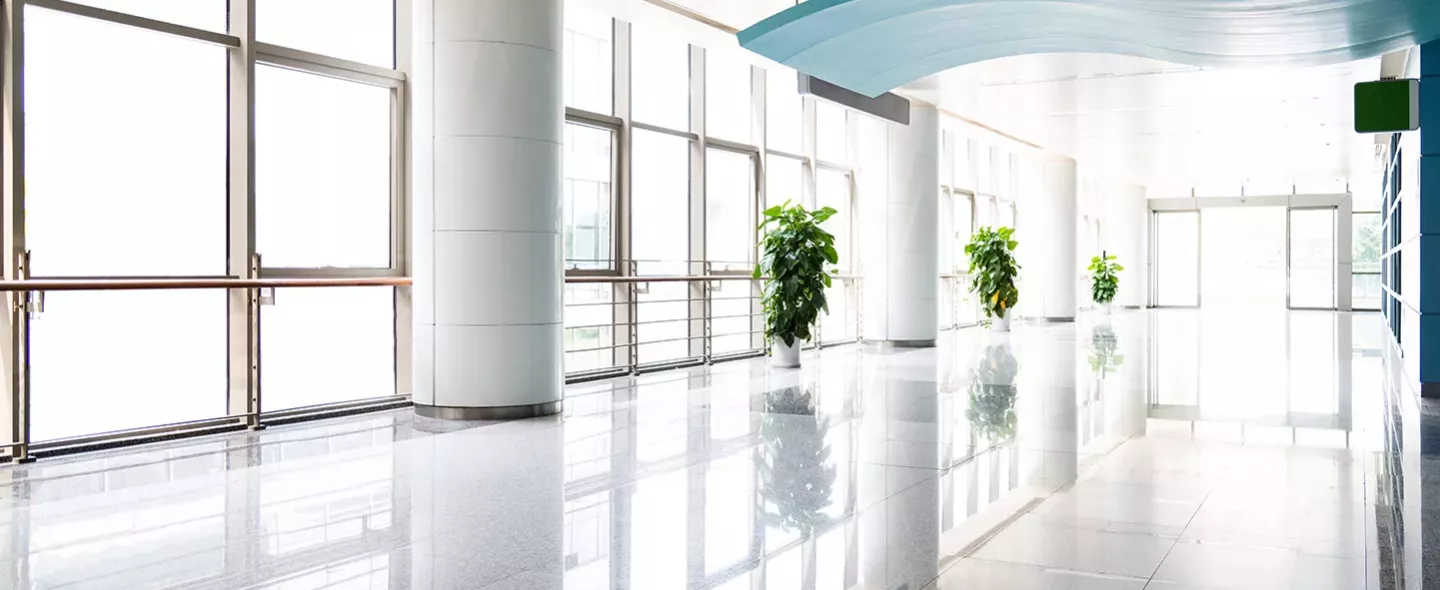KEY INFORMATION:
Project name: Texas Hospital Construction Project
Client: Confidential / Unable to Disclose
Date: 2016 - 2020
Location: Texas, USA
End Market: Healthcare
Services Provided: Dispute Resolution - CPM Schedule Delay Analysis & Quantification of Damages

Talk to our experts
PROJECT DETAILS:
SCOPE 1 – Structural Steel Contractor
SOCOTEC Advisory retained on behalf of the Structural Steel Contractor (client) to perform a review and analysis of issues impacting our client’s work on the Hospital Project to the Owner and GC. We evaluated a number of issues impacting productivity of the structural steel installation, performed a CPM schedule analysis, and provided the quantification of damages resulting from the issues encountered during the Project. Numerous issues outside of our client’s control plagues its work throughout the project. Our client had undertaken significant efforts to overcome such issues, delays, impacts, and disruptions in order to progress and complete its work at the Hospital Project. Our client faced difficulties and problems during its efforts to perform work due to inadequate design, predecessor delays, changes, and other impacts which could not have been foreseen at the time our client entered into the Contract.
SOCOTEC Advisory provided a detailed claim narrative detailing the issues our client faced and the resulting impacts, delays, and disruptions that increased the time and cost to complete the project. In addition, SOCOTEC experts provided pricing in the narrative to assist with an equitable resolution and provided detailed and supported project records and cost data. Finally, we presented this analysis and quantification to the Owner/Governmental Agency and also during a mediation between many of the involved parties.
As an overview, our client entered into a subcontract with the steel fabricator to perform the structural steel erection on the Hospital Project. Our client then worked with the steel fabricator and the GC throughout 2013 to establish a construction schedule and erection plan for the structural steel portion of the work. A major component of this effort included our client developing and submitting its erection plans, including Crane Action Plans to assist the GC in planning and coordinating its overall work effort to support the overall construction effort. The Crane Action Plans provided specific information regarding the cranes including the location, the timing, the crane pad requirements, the swing radius, capacities, and other information need for the GC to coordinate the steel erection work with other contractors work plans.
Our client’s plan called for two (2) cranes, and this was the basis for the overall work effort and steel erection schedule. Our client anticipated working sequentially through the project from work front to work front. This plan and the site layout essentially limited the major erection activities to two buildings/work fronts at a time. While other welding and decking activities could proceed, any activities requiring crane lifts were restricted. This overall work plan was incorporated into our client’s schedule for performing the work.
During this timeframe, early civil/earthwork and concrete foundation work was underway. At no time during these early discussions did the GC notify the steel fabricator or the structural steel contractor (our client) that these early predecessor activities were behind schedule. Our client was not provided native project schedule updates from the GC on a regular basis. The GC’s Baseline schedule incorporated the schedule information provided by our client and other contractors; however, it did not accurately represent the information from our client’s approved schedule. Our client provided notice of the errors and deficiencies in the schedule.
From that point forward, the project suffered an enormous number of delays, disruptions, interference, and revisions to our client’s work plan which significantly impacted our client’s ability to perform and complete its work. These included, but were not limited to:
- Resequencing of work due to lack of work front access
- GC’s failure to properly coordinate the work and ensure timely completion of predecessor activities
- Lack of coordination of work activities between contractors
- Interference/conflicts with other work and contractors due to poor engineering
- Stacking of trades, congestion, and overcrowding
- Work in multiple buildings simultaneously
- Poor work conditions exacerbated limited labor pool
- Late and Over-Inspection by GC
- Owner over-inspection
- GC’s Directives to start/stop work activities
- Directed and constructive acceleration
Throughout the course of the project, our client had been directed to perform a significant amount of additional scope items, rework for issues caused by design changes, and rework for other issues outside of its control. These issues resulted in additional costs including:
- Unapproved Discrete Outstanding Change Orders
- Productivity Impacts
- Extended Overhead
- Directed Acceleration
Upon completion of the analysis and project data review, the SOCOTEC team concluded that our client’s issues impacting its work could not have been anticipated at the time they entered into the contract agreement and provided a detailed quantification of entitled costs our client incurred which totaled over $13 million.
SCOPE 2 – Painting Subcontractor
SOCOTEC Advisory retained on behalf of the painting subcontractor (client) through its legal representation/law firm to assist in preparing a Request for Equitable Adjustment (REA) to present to the Owner and GC, on the issues presented in the Hospital Project affecting our client’s work.
The REA was prepared in relation to delays, inefficiencies, and other cost impacts suffered by our client during performance of its work on the Hospital Project. The SOCOTEC team reviews project documentation, conducted interviews, and performed site visits.
Many factors affected our client’s ability to perform its scope of work as a finish contractor (painting) that were outside its control. Our client’s work was significantly delayed and disrupted which also increased costs significantly. Our client was on site for over 1400 days in comparison to the 615 days of planned duration. SOCOTEC was able to quantify additional costs incurred. The summary of damages included, but not limited to:
- Unilateral Deductions of Directives of Work Activities
- Outstanding Directives
- Loss of Productivity
- Overtime Premium
- Added Supervision Costs
- Extended General Conditions
- Additional Costs
Due to the numerous delays and issues with predecessor work activities, our client was not able to complete its work as anticipated due to:
- Resequencing of work activities due to lack of work front access
- GC’s failure to properly coordinate the work and ensure timely
- Lack of completion of predecessor activities
- Lack of coordination of work activities between contractors
- Poor QA/QC of predecessor contractor work
- Stacking of trades, congestion, and overcrowding
- Work in multiple buildings simultaneously
- GC’s direction of the painting subcontractor’s work including directives to start/stop work activities
- Directed and constructive acceleration
- GC’s directed extra work without proper change orders for extra time and money
As the prime contractor for the project, the GC had the responsibility for coordinating and planning all of the various contractor work activities so that these contractors can perform their work in a timely and efficient manner. Our client was never able to perform the work as it had originally planned because of delayed and deficient predecessor work by other contractors.
The Summary of Damages prepared for the request of equitable compensation for our client totaled over $1.6 million.
SOCOTEC Advisory was able to provide facts, conclusions, and opinions to complement its various narratives for the Request of Equitable Adjustment facilitating a reasoned analysis to assist the various parties of this project to come to a successful settlement agreement through the challenges presented.


